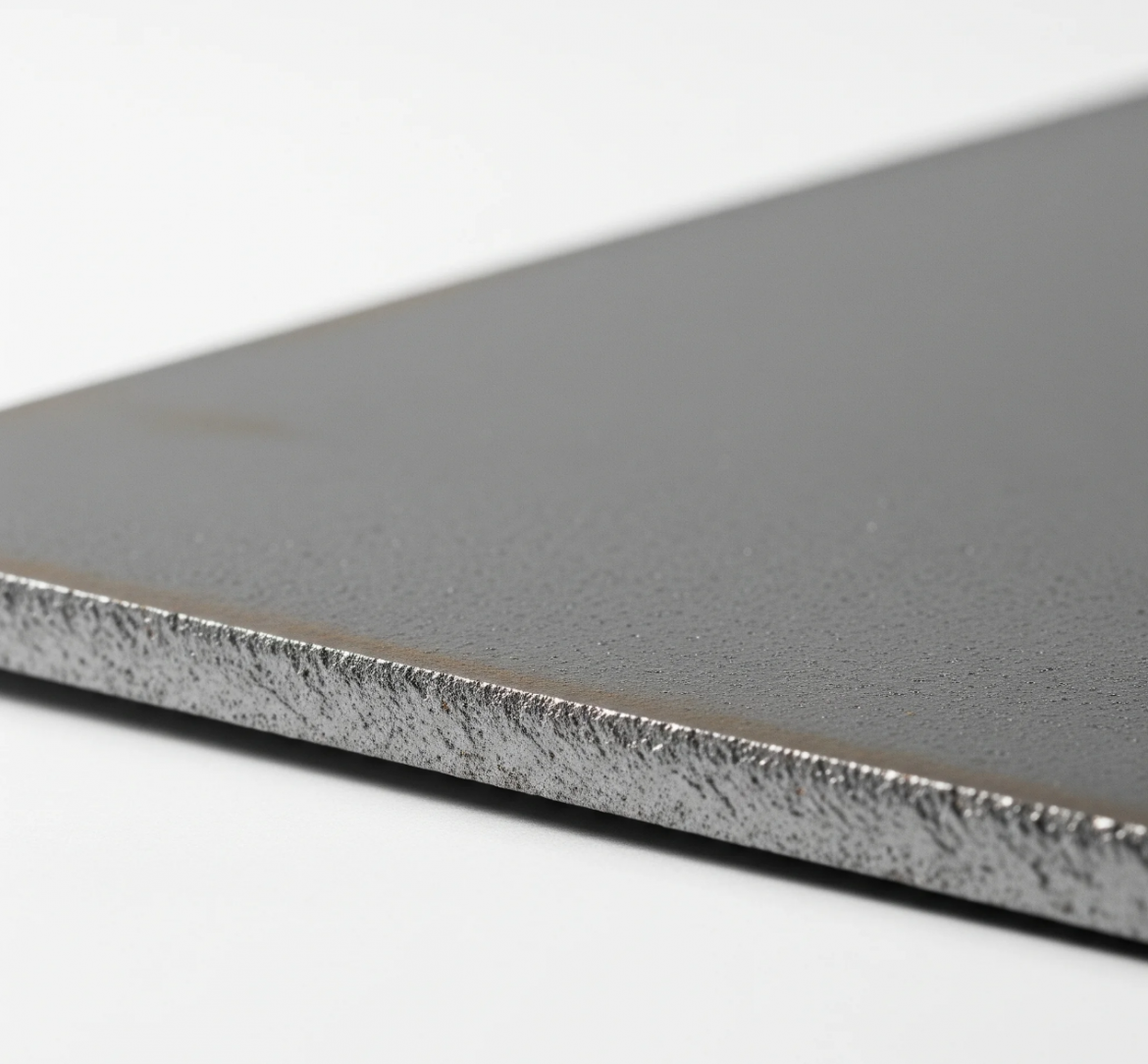Flat steel sheets come in various forms, each engineered to meet specific industrial requirements. From construction to automotive and marine industries, understanding the differences between steel sheet types is essential for choosing the right material. Soroya, a trusted name in global steel supply, provides a wide range of options, including the highly versatile mild steel flat sheet.
Mild Steel Flat Sheet – Versatility and Value
A mild steel flat sheet is made from low-carbon steel, offering an excellent combination of strength, ductility, and cost-effectiveness. These sheets are typically cold-rolled to produce smooth surfaces that are easy to cut, weld, and form. Their flexibility makes them ideal for general fabrication, automotive panels, and agricultural equipment. Due to its wide usage and affordability, mild steel flat sheet remains one of the most popular choices across industries.
Hot-Rolled vs. Cold-Rolled Steel Plates
Hot-rolled steel plates are produced at high temperatures, making them more malleable and easier to shape into large structures. These plates are commonly used in construction projects such as bridges, industrial machinery, and foundations. In contrast, cold-rolled steel plates are rolled at room temperature, resulting in tighter tolerances and smoother finishes. They are preferred in applications where precision and surface quality are crucial, such as in appliance manufacturing and automotive production.
Shipbuilding Steel Plate – Engineered for the Sea
Shipbuilding steel plates are crafted to endure harsh marine environments. With high tensile strength and corrosion resistance, these plates are used in building vessels, offshore platforms, and oil rigs. Their durability ensures the safety and longevity of marine structures in challenging conditions.
Conclusion
Choosing the right type of flat steel sheet depends on your project’s needs. From the adaptable mild steel flat sheet to specialized marine-grade plates, Soroya offers reliable materials that meet high performance and industry standards.


